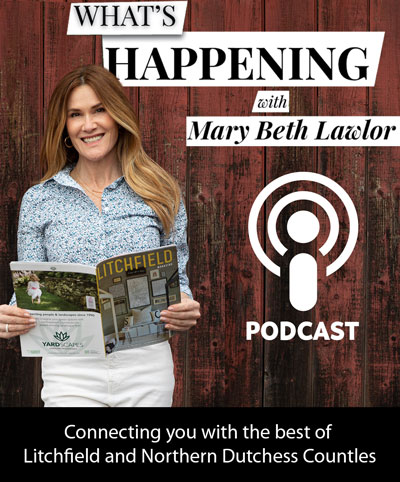A slave’s saga continues to emerge in Bethlehem
By Linda Tuccio-Koonz
The Bellamy-Ferriday House in Bethlehem has been open to the public for decades. But that doesn’t mean researchers know every secret of this 1700s home, not to mention its original owner–a powerful pastor and slave owner.
Today’s visitors are learning disturbing details about the Rev. Joseph Bellamy. “History is not always pretty, and the story is still unfolding,” says Peg Shimer, site administrator.
“When we opened the Bellamy-Ferriday House and Garden back in 1992, an interpretation was done regarding the historical significance of the property as well as Reverend Bellamy and his life here,” she says. “At that time, it was known he had been an enslaver, but our tours did not focus on this.”
In not talking about it, it kind of “got lost” and other stories received more attention. “In trying to tell a more inclusive story of the property these seemingly ‘lost’ stories are getting new light shed on them.”
In this case the light is illuminating an exchange between Bellamy and the Rev. Samuel Hopkins, a friend. Hopkins was a Waterbury native who opposed slavery and urged Bellamy to free his slave.
“What had happened was Bellamy was telling Hopkins how well he treated his enslaved man and that if given the opportunity he would choose to stay with Bellamy rather than be free.” Hopkins, perhaps knowing his friend all too well, challenged him to ask the man whether he’d prefer to stay with Bellamy or go free.
“Bellamy’s man, after explaining that Reverend Bellamy was a good master and treated him well, did of course choose freedom,” Shimer says.
“The unfortunate ending to this story is that Bellamy chose not to free his man” (even though he’d said he would).
What happened next is unclear. Shimer says it’s believed the man was conscripted into the Continental Army, fought in the Revolutionary War and earned his freedom, but that Bellamy then sued the Continental Congress “for his lost possession” during the war.
“We leave out this last chapter because we can’t find confirmation,” she says. “We are always looking.”
Many people think slavery was just down south on plantations, but it was everywhere, she adds. Slavery in Connecticut didn’t end until 1848–13 years before the Civil War.
“Connecticut also prospered from the enslavement of those in the South, for it was our goods that were shipped south to supply many of the plantations.
“So even after it ended, we profited from others’ enslavement, a point I think we should reflect on today–where were your shoes made?
“While the enslavement of others has long ended here, sadly there are places in this world where that is not true.”
Slavery is “a horrible chapter in our history,” she adds, but just as with any chapter of our history, it needs to be told so we learn and understand the journey of who we are as a country.
“I believe the story of Bellamy’s man is just one of many; our researchers have some pieces but not the whole picture. I’m confident that in the coming years we’ll have a much more in-depth story at the Bellamy-Ferriday House & Garden.”















